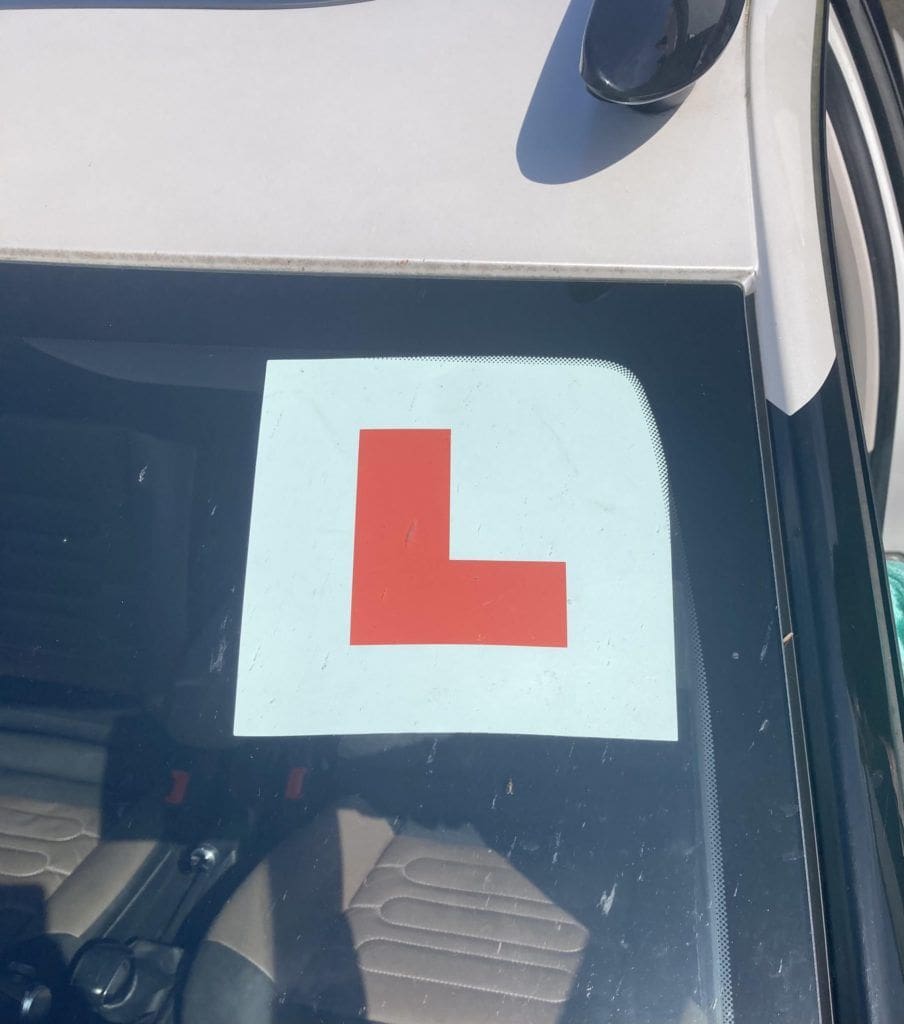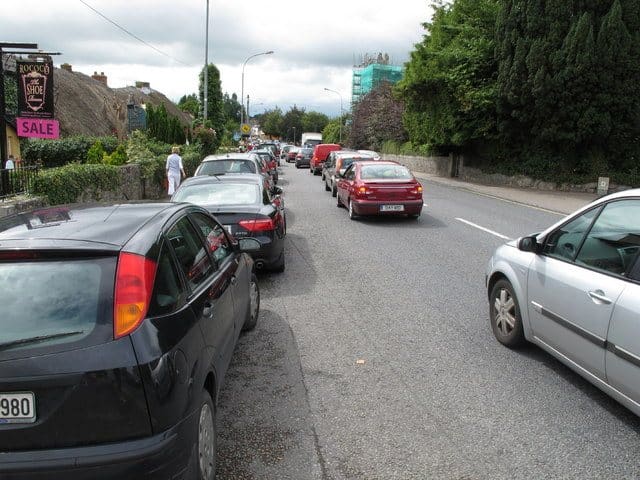Learning to drive can be a daunting experience for some or smooth sailing for others; nobody’s experience is ever the same.
While I can’t say my own experience of learning to drive has been easy, I can say that I got there in the end. Conking, coasting, parallel parking and three-point turns – we’ve all been through it.
No need to worry, though; AA Ireland will help you through it all. In our driver’s series, we will talk you through the steps you need to take in order to get you out on the road safely and make this journey (excuse the pun) as easy as possible. So, without further ado, here is our guide on theory tests, learner permits and driving lessons.
How to apply for the theory tests
Before applying for your learner permit, you must complete and pass the learner driver theory test, which you can book online. This a test of your general road safety knowledge and motoring legislation (such as rules of the road, risk perception, eco-driving, hazard awareness and good driving behaviour).
The test is computer-based, and you will have a chance to take a practice session on the day before starting on the actual test. If you have special needs, you must contact the driver theory service. The theory test applies to anyone applying for a first learner permit in any vehicle category.
So, what are the driver theory test categories? Well, there are seven separate ones, and the cost of the test will depend on which one you choose. The categories are:
- A – motorcycles and mopeds (Driving licence categories AM, A1, A2, A),
- B – cars, tractors and work vehicles (Driving licence categories B, BE, W)
- C – vans and trucks over 3,500kg (Driving licence categories C, C1, CE, C1E)
- D – buses (Driving licence categories D, D1, DE, D1E)
- CD – trucks and buses (Driving licence categories C, C1, CE, C1E, D, D1, DE, D1E)
- TMT – truck module (must have passed D test)
- BMT – bus module (must have passed C test)











